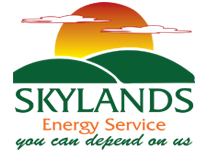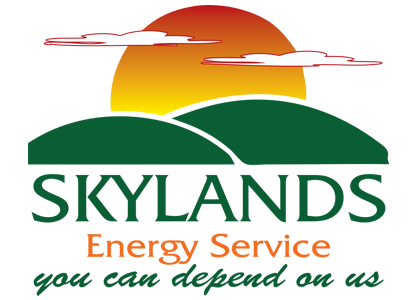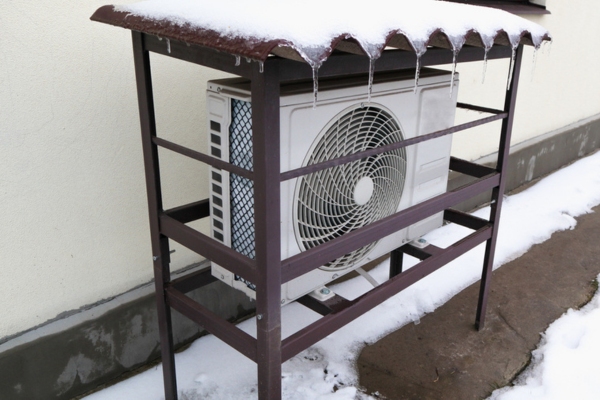
Take a moment to examine your thermostat. You might notice it includes options such as auxiliary heat and emergency heat, especially if you’re using a heat pump system. These settings, which can seem obscure at first, are vital in maintaining the efficiency of heat pumps across different climatic conditions. It’s common for homeowners to use these features without a complete grasp of their importance. This article by Skylands Energy Service explores the roles and mechanics of auxiliary heat vs emergency heat to understand better how they enhance your heat pump’s performance.
Understanding Heat Pumps: Auxiliary Heat vs Emergency Heat
Table of Contents
- 1 Understanding Heat Pumps: Auxiliary Heat vs Emergency Heat
- 2 Deciding Between Heat Pump Auxiliary Heat Vs Emergency Heat
- 3 When Your Heat Pump Doesn’t Produce Sufficient Heat
- 4 “Defrost Mode” in Your Heat Pump System
- 5 Preventing Unnecessary Activation of Heat Pump Auxiliary Heat
- 6 Understanding Prolonged Auxiliary Heat Usage
- 7 Prioritizing Regular Heat Pump Maintenance
- 8 Heat Pump FAQs
- 9 Conclusion
- 10 Contact Skylands Energy Service for Comprehensive HVAC Services
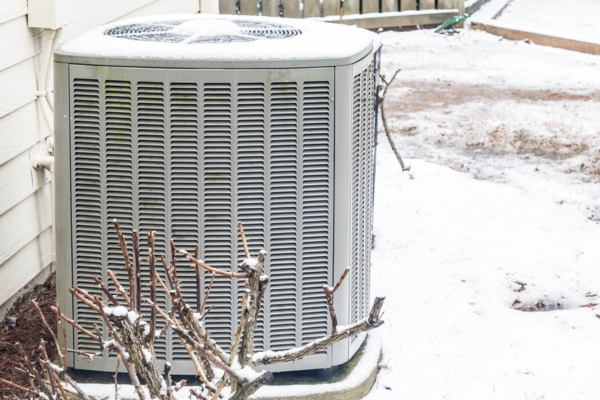
The terms “auxiliary” and “emergency” refer to specific settings on heat pumps designated by manufacturers. Although they sound different, they primarily supply supplemental heat when needed.
A typical heat pump system includes an outdoor unit (the heat pump) and an indoor unit (the auxiliary heater). Under normal conditions, the heat pump efficiently transfers heat from the outdoors to ensure your home stays warm. Yet, in severe cold or when temperatures drop below freezing, the heat pump might not suffice on its own. That’s when the auxiliary heater activates, providing the extra warmth required to maintain comfort inside your home.
On the other hand, the emergency heat setting is a manual override used specifically when the heat pump malfunctions. This setting circumvents the heat pump altogether, depending solely on the auxiliary heater to maintain warmth in your home until any necessary repairs are completed.
Rely on Skylands Energy Service for Personalized Heating Solutions: Expertly crafted to ensure your home stays cozy throughout the winter. Get in touch with us now!
Exploring Heat Pump Auxiliary Heat
Auxiliary heat is a critical automatic setting that kicks in when your heat pump cannot draw sufficient heat from outside to keep your indoor environment comfortably warm. While the heat pump still operates to extract as much heat as it can, it gets a boost from an additional heat source—usually integrated electric heating coils—to achieve the set temperature.
This functionality guarantees your home stays warm, even when outdoor temperatures plummet. As the outdoor temperature increases, the system detects that the additional heating is no longer necessary. Consequently, the heat pump automatically turns off the auxiliary mode and returns to its standard heating operation.
Understanding Emergency Heat for Heat Pumps
Emergency heat mode is exactly what it sounds like—a setting reserved for emergency situations. It comes into play when the heat pump fails to function correctly, necessitating manual activation. This setting is crucial for homeowners who cannot afford to wait for professional repairs but need to keep their homes warm.
In these urgent circumstances, emergency heat mode exclusively utilizes the system’s secondary heat source, typically electric heating coils, to sustain the required indoor temperature. Although this mode bypasses the heat pump’s regular operation, it guarantees that your home remains heated until repair work can be done.
Enjoy Superior Comfort with Skylands Energy Service’s Heating Solutions: Trust us to manage your heating requirements for a worry-free winter. Contact us today!
Deciding Between Heat Pump Auxiliary Heat Vs Emergency Heat
The auxiliary heat option supports your heat pump when the indoor temperature is noticeable—often 3 degrees or more—below the thermostat’s target setting. This gap suggests that the heat pump needs help maintaining a comfortable indoor climate, particularly during colder conditions. In such instances, auxiliary heat kicks in automatically to boost warmth.
Conversely, emergency heat is intended when the heat pump stops working correctly. This manual setting allows homeowners to engage additional heating temporarily until professional repairs can be made. After fixing the heat pump, switch off the emergency heat to return to normal heating operations.
When Your Heat Pump Doesn’t Produce Sufficient Heat

During particularly frigid conditions, your heat pump may not generate enough heat to maintain the set temperature. Under these circumstances, the auxiliary heat mode becomes essential. It activates the system’s electric resistance heating, which supplements the heat pump’s output. This ensures your home remains comfortably warm, even when the primary heat source isn’t performing adequately.
Keep Warm with Skylands Energy Service’s Expert Heating Solutions: Our professional care guarantees your comfort throughout the cold season. Reach out to us now!
“Defrost Mode” in Your Heat Pump System
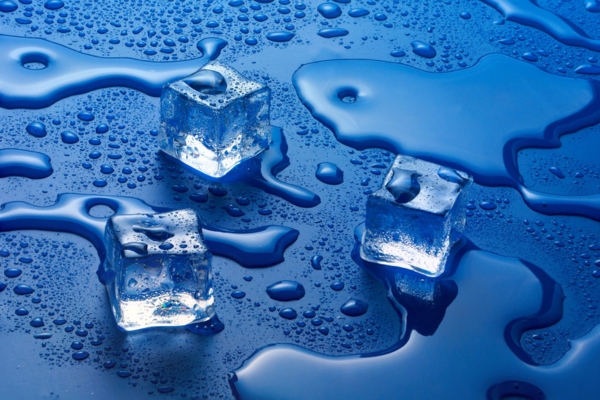
During colder months, it’s common for ice to form on your heat pump’s outdoor unit, which can decrease its efficiency. To combat this, the system enters Defrost Mode to thaw the ice buildup. This mode works by circulating hot refrigerant to the outdoor unit to melt the ice. While the system is in Defrost Mode, it temporarily halts heating operations, but the auxiliary heat activates to ensure your indoor space remains warm and comfortable.
Identifying When Your Heat Pump is in Defrost Mode
You can recognize that your heat pump has switched to Defrost Mode by observing these signs:
- Water or steam emission from the outdoor unit as it melts the accumulated ice
- The cessation of the outdoor unit’s fan operation
- A blinking light indicator on some models, signaling that Defrost Mode is active
Maintain Warmth with Skylands Energy Service’s Heating Expertise: Depend on us for efficient and dependable heating solutions for your home. Contact us today!
Preventing Unnecessary Activation of Heat Pump Auxiliary Heat
Auxiliary heat mode becomes critical when temperatures plummet, but relying on it too much can strain your heat pump and inflate energy bills. You can make several adjustments around your home to minimize dependence on this mode and keep your heat pump running efficiently. Here are some strategies to prevent the auxiliary heat from activating when it’s not absolutely necessary:
Lower the Set Heat Temperature
Setting your thermostat too high forces the auxiliary heat to engage, adding undue strain to your HVAC system. To prevent this, consider adjusting your thermostat to a lower setting, ideally between 62 and 68 degrees. This range is comfortable and helps your heat pump function more efficiently, reducing the need to rely on auxiliary heat for additional warmth.
Enhance Home Comfort
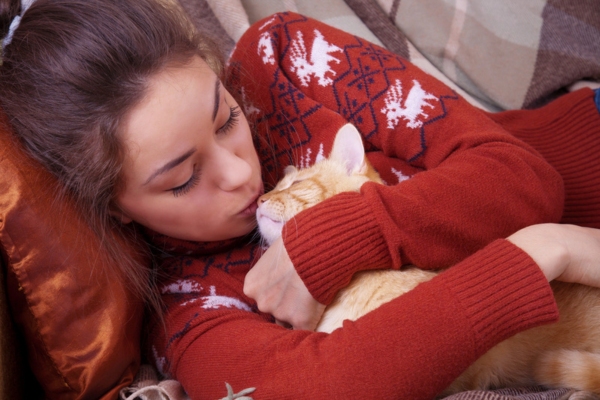
Boosting your home’s comfort during the colder months can lessen the burden on your heating system. Take advantage of natural sunlight during daylight hours by keeping your window shades open to absorb warmth. Make sure all windows and doors are securely shut to prevent drafts. Additionally, wearing warmer or layered clothing indoors can keep you cozy without the need to turn up the thermostat, avoiding unnecessary activation of the auxiliary heat.
Achieve Optimal Comfort with Skylands Energy Service’s Superior Heating Services: Get your home winter-ready with our professional solutions. Contact us today!
Isolate Unused Spaces
If your heating system supports it, consider closing off areas of your home that aren’t in use. By shutting the vents and doors in these rooms, you can conserve energy and allow the heating system to concentrate on maintaining a comfortable temperature in the spaces you frequently occupy. This method reduces the overall strain on your system.
Understanding Prolonged Auxiliary Heat Usage
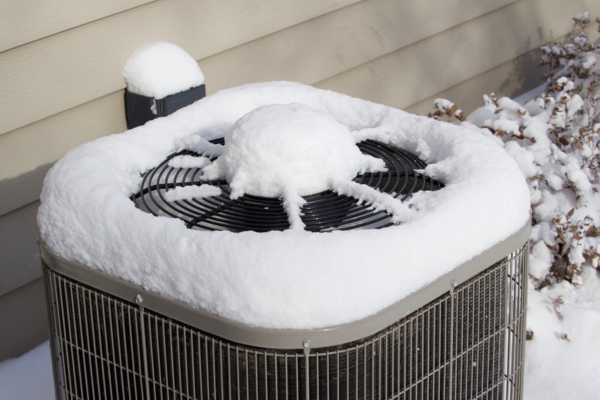
If your thermostat frequently remains in auxiliary heat mode, particularly throughout the winter, your HVAC system may be underperforming in meeting your home’s heating demands. This extended use can suggest that the system is either inadequately sized for your home or experiencing mechanical issues. To address this, it’s crucial to consult a professional HVAC technician who can assess your system and verify it’s functioning properly.
Prioritizing Regular Heat Pump Maintenance
Consistent maintenance is essential for your heat pump’s optimal performance and longevity. Arranging for a professional tune-up before the onset of winter is crucial to address potential issues and conduct necessary repairs. This maintenance should cover cleaning the system, replacing air filters, and checking that all components function correctly. Such proactive care helps diminish the need for auxiliary heat, ensuring your system operates efficiently during the colder months.
Heat Pump FAQs
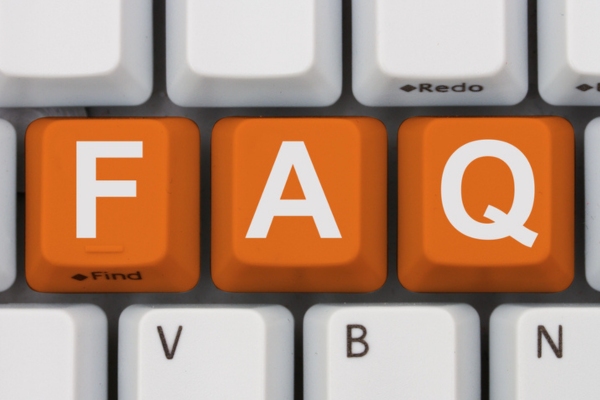
How Can I Determine the Efficiency of My Heat Pump?
To assess your heat pump’s efficiency, monitor your energy bills for unexpected spikes and observe the duration and frequency of the system’s operation. Excessive cycling or difficulty maintaining the set temperature can indicate inefficiency. Implementing regular maintenance checks and scheduling seasonal tune-ups are crucial steps in maintaining peak performance and addressing any issues early, preventing more significant problems down the line.
Why Does My Heat Pump Emit Cold Air Occasionally?
While heat pumps typically produce air that’s cooler than that from a traditional furnace due to their lower heating temperatures, excessively cold air or an inability to sustain your preferred temperature might signal a problem. Issues like low refrigerant levels or faulty components could be the culprits. Scheduling a professional inspection can help pinpoint and resolve these issues effectively.
Is It Typical for My Heat Pump to Make Noise?
It’s normal for heat pumps to emit some noise, particularly when transitioning into defrost mode. However, continuous or strange noises such as grinding, banging, or squealing can indicate mechanical problems, like a deteriorating fan motor or compressor. These issues should be promptly investigated by a technician to prevent more extensive damage.
Enjoy Peace of Mind with Skylands Energy Service’s Comprehensive Heating Services: Trust us to maintain your heating system for reliable warmth. Get in touch with us today!
What Is the Optimal Temperature Range for Operating a Heat Pump?
Heat pumps operate most efficiently within an outdoor temperature range of 25°F to 60°F. When temperatures dip below 25°F, the system may increasingly depend on auxiliary heat to keep the indoor environment comfortable. Proper system maintenance and sound insulation in your home are key factors that help your heat pump function effectively, even in extreme temperatures.
Is It Advisable to Cover My Outdoor Heat Pump Unit in Winter?
Covering your outdoor heat pump unit during winter isn’t recommended, as these units are designed to withstand cold conditions. A cover could actually block airflow, potentially causing overheating or other damage. To maintain efficient operation, it’s important to regularly remove any snow, ice, and debris from around the unit, ensuring it functions optimally all season long.
Conclusion
In the winter months, your heat pump faces significant challenges. Though built to withstand extreme cold, high demands can overburden the system and compromise efficiency. You can enhance its performance and readiness for cold weather by carefully managing thermostat settings, understanding the difference between auxiliary heat vs emergency heat, and keeping up with routine maintenance.
Ensure Winter-Long Comfort with Skylands Energy Service’s Heating Solutions: Depend on our expert heating services to maintain a cozy home throughout the season. Contact us today!
Contact Skylands Energy Service for Comprehensive HVAC Services
Skylands Energy Service provides top-tier heating and cooling solutions across Central New Jersey. Our professionally certified technicians excel in HVAC tune-ups, repairs, installations, and more, ensuring your system operates flawlessly.
We pride ourselves on offering the most competitive rates in the region. Our maintenance services enhance comfort, boost energy efficiency, and lower heating and cooling expenses. Whether you need a repair or a system replacement, we recommend the most cost-effective options tailored to your needs.
We stand behind our work with a solid satisfaction-guarantee. To arrange a service visit or a free in-home consultation, call Skylands Energy Service today!
Contact us now at (908) 707-1776 to find out more! To view our service area, click here.
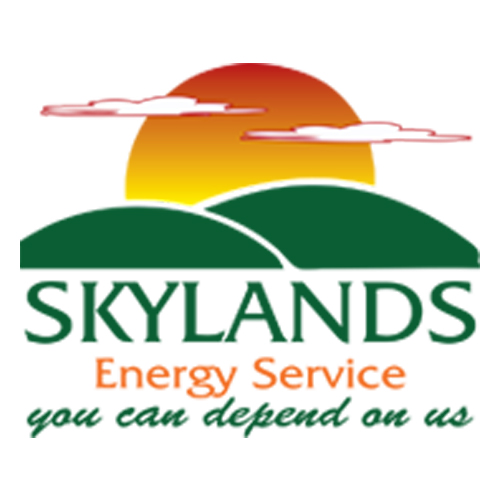
Related Articles:
